Paris (1923 - 1933)
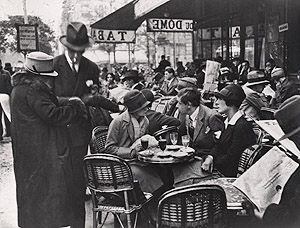 Paris attracted him. In September 1923, he arrived in this mecca of the fine arts. In the quarter of Montparnasse, he bought a live-in studio (with the help of his parents) and remodeled it according to his requirements. At that time, Paris was the uncontested center of the art world and meeting point of the avant-garde. In the coffeehouses (mainly in the Café du Dôme), Egon von Vietinghoff held spirited discussions about the essence of art and the artistic tendencies of the time with painters and sculptors such as Braque, Gris, Picasso, Utrillo, Delaunay, Chagall, Derain, Pascin, Ernst, de Pisis, de Chirico, Campigli, van Dongen, Masereel, Kisling, Ray, Foujita, Calder, Brancusi and Stahly. During these years, the Swiss Le Corbusier, Varlin, Bänninger, and the Giacometti brothers, were also in town.
Paris attracted him. In September 1923, he arrived in this mecca of the fine arts. In the quarter of Montparnasse, he bought a live-in studio (with the help of his parents) and remodeled it according to his requirements. At that time, Paris was the uncontested center of the art world and meeting point of the avant-garde. In the coffeehouses (mainly in the Café du Dôme), Egon von Vietinghoff held spirited discussions about the essence of art and the artistic tendencies of the time with painters and sculptors such as Braque, Gris, Picasso, Utrillo, Delaunay, Chagall, Derain, Pascin, Ernst, de Pisis, de Chirico, Campigli, van Dongen, Masereel, Kisling, Ray, Foujita, Calder, Brancusi and Stahly. During these years, the Swiss Le Corbusier, Varlin, Bänninger, and the Giacometti brothers, were also in town. 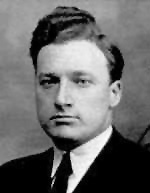
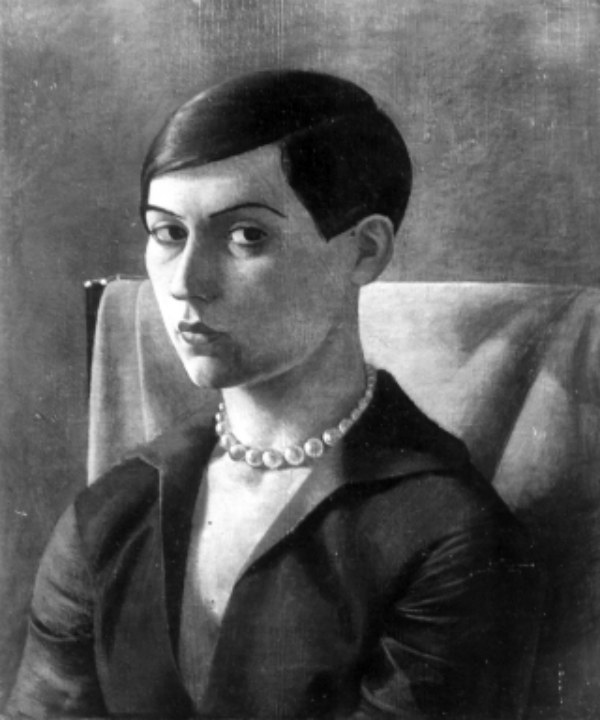 Vietinghoff's early paintings were influenced by the spirit of the time, but neither the intellectual constructs nor the results of his very brief interest in cubism left him satisfied. He rejected them and none of his paintings in this style have survived.
Vietinghoff's early paintings were influenced by the spirit of the time, but neither the intellectual constructs nor the results of his very brief interest in cubism left him satisfied. He rejected them and none of his paintings in this style have survived. 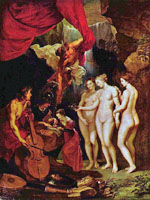
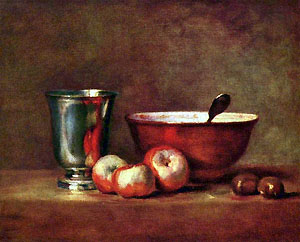
His response was to turn away from the modern artists 'scene and instead study the originals of his models, the Old masters. At that time, Egon von Vietinghoff saw very clearly his intended path: to follow traditional painting in the spirit of the Old Masters but also in his own manner.
To accomplish this, he had to learn their painting techniques and methods which had been neglected or consciously repudiated since the birth of impressionism in the second half of the 19th century. But he did not find any teachers for his endeavors; the avant-garde attached no importance to this tradition. He therefore started from scratch, as a self-taught person.

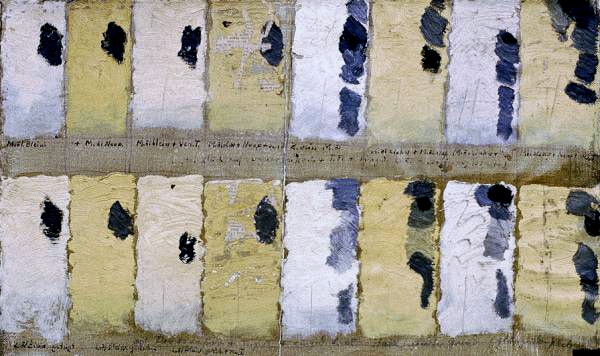
He was guided and accompanied by the works of the Old Masters themselves. For months on end, he spent whole days in front of individual paintings of Goya, Velazquez, Raphael, Guardi, Rembrandt, Titian, Rubens, Hals, van Dyck, Dürer, Chardin, and Delacroix in the Musée du Louvre. He commuted between museum and studio and attempted glazes and brushwork which he discovered in the works of his models.
In addition, he experimented with colors, binding materials, primers, and varnishes, which he mixed anew each time. He would face another 35 long years of testing, experimenting and rediscovering, as well as many setbacks. It was only by the middle of his life that he would find his own technique and style.
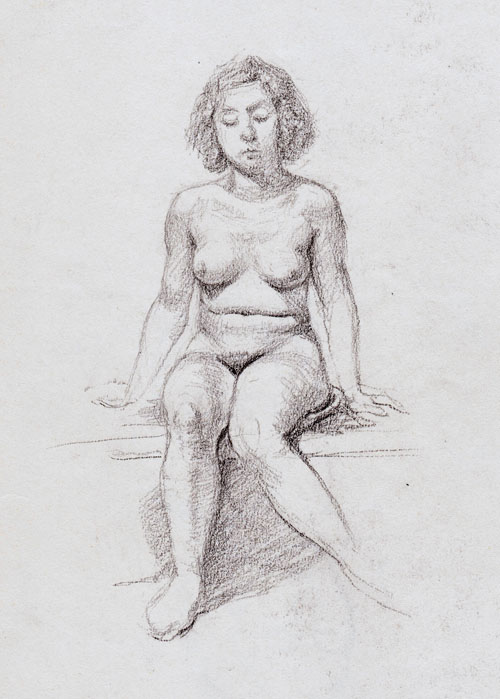
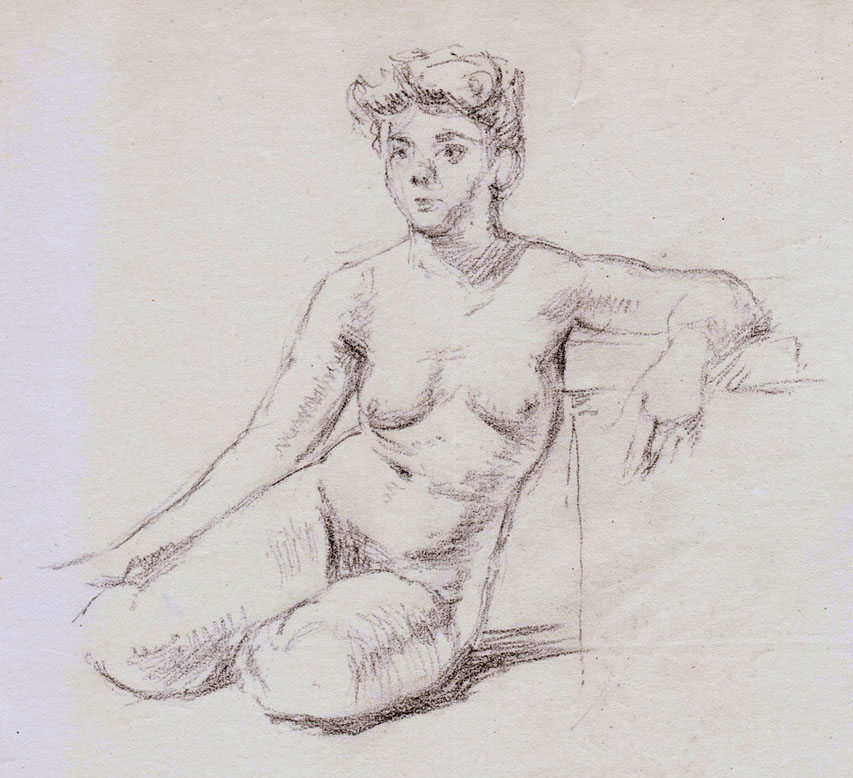
"On the other hand, it has greatly benefited my drawing that for many years I had sat daily in the academies of Paris drawing nudes without letting people interfere with well-meant instructions. The changing of model's position at short intervals forced me to take in forms and proportions at a glance – an exercise which came in handy later on when I wanted to capture the essential details of a movement on the spot and reproduce them with just a few strokes instead of blurring the paper by repeated corrections. I also resolved, when drawing portraits, not to make a single stroke before being convinced that it was correct. This unfailing control precluded uncertain trials and accustomed me to a disciplined way of working which I also applied when deciding what colors to use." (E.v.V.)
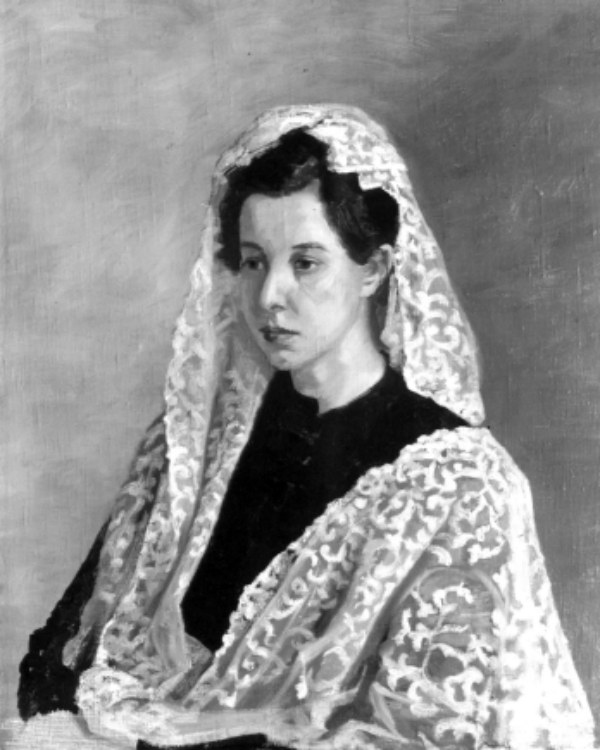 The death of his beloved mother, when he was just 23 years old, was a great shock for him. She was admired by many people and he felt most familiar with her. From then on, he had to do without the emotional and spiritual support of his mother; in the future, he would have "nothing but his art".
The death of his beloved mother, when he was just 23 years old, was a great shock for him. She was admired by many people and he felt most familiar with her. From then on, he had to do without the emotional and spiritual support of his mother; in the future, he would have "nothing but his art". In 1929, Egon von Vietinghoff married his first wife at Rome, the Italian Marcella Chiaraviglio, a woman from an influential Roman family of liberal upper middle-class tradition. Her mother was the daughter of Giovanni Giolitti, who was several times minister and five times prime minister of Italy. The family was one of the first patrons and sponsors of Maria Montessori as well. In 1931, from this marriage, a daughter was born whom he called Jeanne, after his mother. He was an enthusiastic father and the child brought new hope to the passionate but difficult marriage.
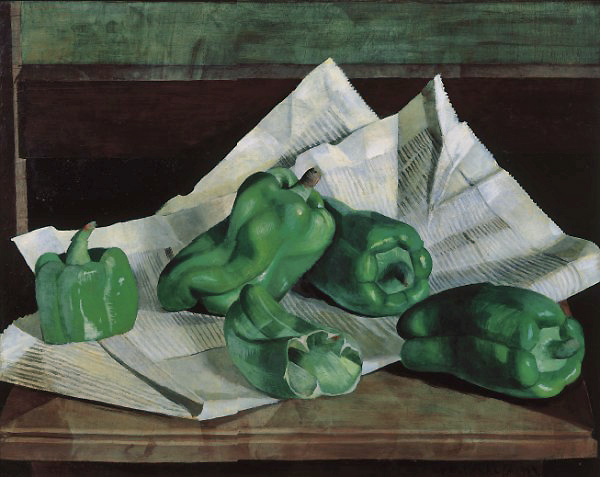 This momentum is mirrored in his works; he painted the first pictures he ever considered acceptable, though only temporarily. Word spread of his portraits among art lovers due to his natural manner in painting the skin of his subjects.
This momentum is mirrored in his works; he painted the first pictures he ever considered acceptable, though only temporarily. Word spread of his portraits among art lovers due to his natural manner in painting the skin of his subjects. His progress enabled him in the period from 1928 to 1933 to show his paintings in collective exhibitions five times in the Salon d'Automne and the Salon des Tuileries, together with those of furture well-renowed painters. Yet, the dominance of modern art, especially the abstract style, along with World War II would prevent him from continuing this successful public debut. However, the interruptive break of his years in South America was probably not beneficial either.
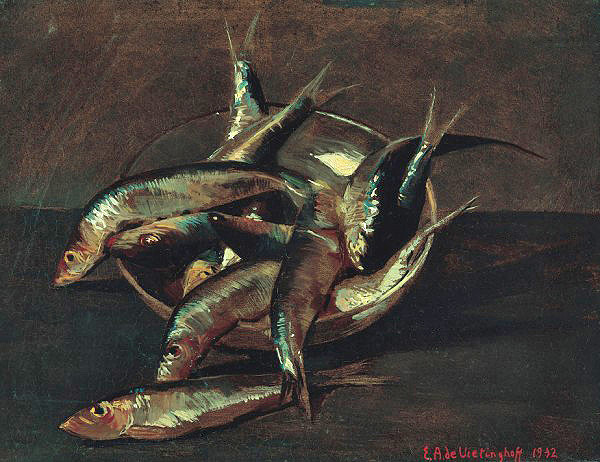 In Paris, he was looking for casual jobs, and eventually devoted his time to producing large frescoes and photomontage as advertisements for big companies. Unfortunately some of them, such as Air France, presumed upon his good nature and did not pay for weeks of work. He traveled to Italy several times to visit his wife's family and the museums, also taking part in the animated social life of Rome. He gave exuberant parties for colleagues from all over the world at his studio in Paris. His years in France gave him the opportunity to spend summer vacations in Saint-Tropez and in the holiday home of his mother at the Côte d’Azur in Roquebrune-Cap-Martin (dep. Alpes maritimes, between Monaco and Italy), including occasional visits to the nearby casino of Monte Carlo.
In Paris, he was looking for casual jobs, and eventually devoted his time to producing large frescoes and photomontage as advertisements for big companies. Unfortunately some of them, such as Air France, presumed upon his good nature and did not pay for weeks of work. He traveled to Italy several times to visit his wife's family and the museums, also taking part in the animated social life of Rome. He gave exuberant parties for colleagues from all over the world at his studio in Paris. His years in France gave him the opportunity to spend summer vacations in Saint-Tropez and in the holiday home of his mother at the Côte d’Azur in Roquebrune-Cap-Martin (dep. Alpes maritimes, between Monaco and Italy), including occasional visits to the nearby casino of Monte Carlo. At that time, his wife, Marcella, attempted to earn some money as a photographer and hat maker but spent more on expensive equipment than she made in profits. In addition, the financial situation of the artists in Paris had rapidly worsened due to the wave of immigrants from Nazi Germany. The available casual work was shared with too many artists of all genres, thus those who resided in Paris lost their main source of income.
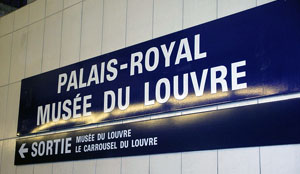 Also, the cohabitation of two so highly autonomous and emotional personalities in the live-in studio continued to be problematic. In 1933, Egon and Marcella were only 30 and 26 years old; they were curious as to what life had to offer and looking for a new beginning.
Also, the cohabitation of two so highly autonomous and emotional personalities in the live-in studio continued to be problematic. In 1933, Egon and Marcella were only 30 and 26 years old; they were curious as to what life had to offer and looking for a new beginning. After a little less than ten years in familiar Paris, Vietinghoff left with his family. In this city he had spent a decisive period of his life but he would return for regular visits.